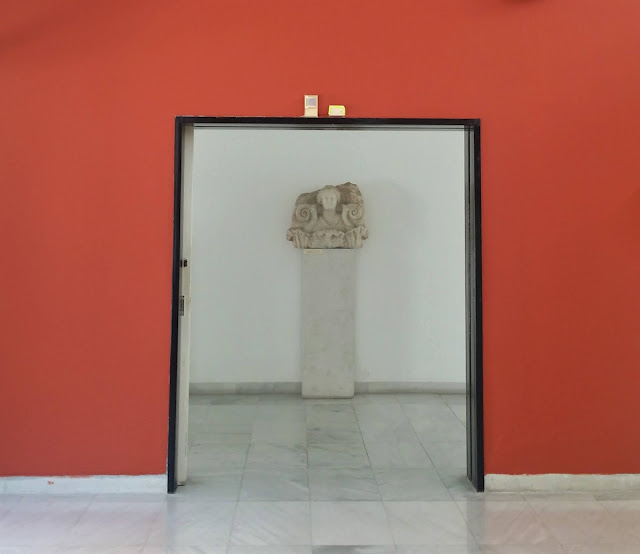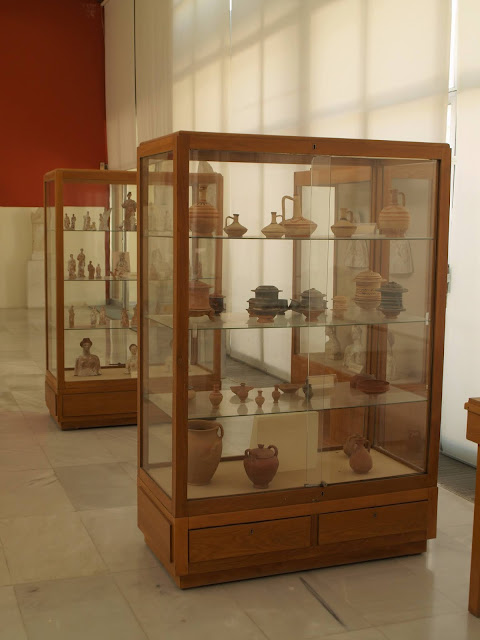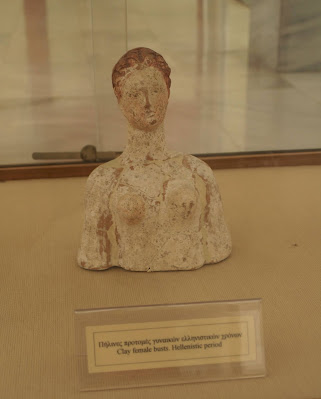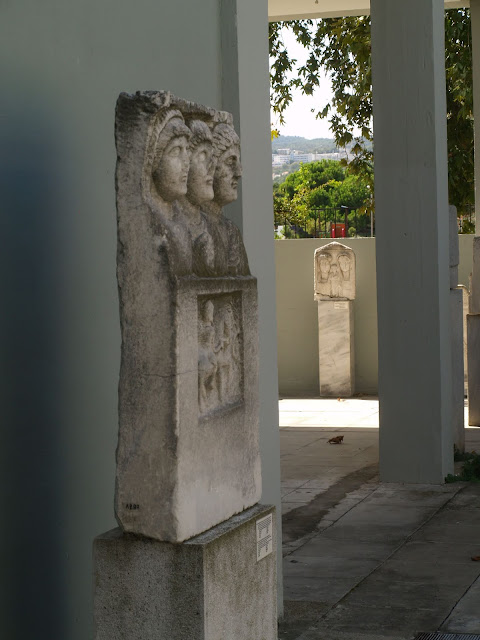The Archaeological Museum of Kavala, which serves as the central museum of the 18th Ephorate of Prehistoric and Classical Antiquities, is located at 16 Erythrou Stavrou Street in the city of Kavala. It hosts monuments from the broader cultural unity of Eastern Macedonia and Thrace. The museum was founded in 1934, relocated to its current building in 1964, and an additional wing was added in 2000. The exhibition space of the museum unveils the timeless history of Kavala, with a display titled "Neapolis - Christopolis - Kavala," reflecting the three historical names of the city during antiquity, the Byzantine era, and modern times, respectively. The exhibited finds span from the Prehistoric era, the Early Neolithic, and the Bronze Age, originating from various prehistoric settlements in Eastern Macedonia. The collection includes artifacts from Amphipolis, the ancient city of Kavala, and other regions in Eastern Macedonia and Thrace, such as Abdera, Mesembria, Galipsos, Nikisiani, Photolivos, and more. The extensive exhibits include terracotta figurines, black-figured and red-figured pottery, marble busts, coins, and gold jewelry. Noteworthy is the section dedicated to the Sanctuary of the Virgin, featuring a reconstruction of the 5th-century BC Temple of Goddess Parthenos, the patron deity of Neapolis. Roman-era artifacts are also featured, including funerary stelae, reliefs with inscriptions, and milestones from the Egnatian Way. Ultimately, the museum provides an overview of the historical significance of the region, though it acknowledges that the full history of the area cannot be contained in one museum but is revealed through the grandeur of its past.















































































































































Δεν υπάρχουν σχόλια:
Δημοσίευση σχολίου